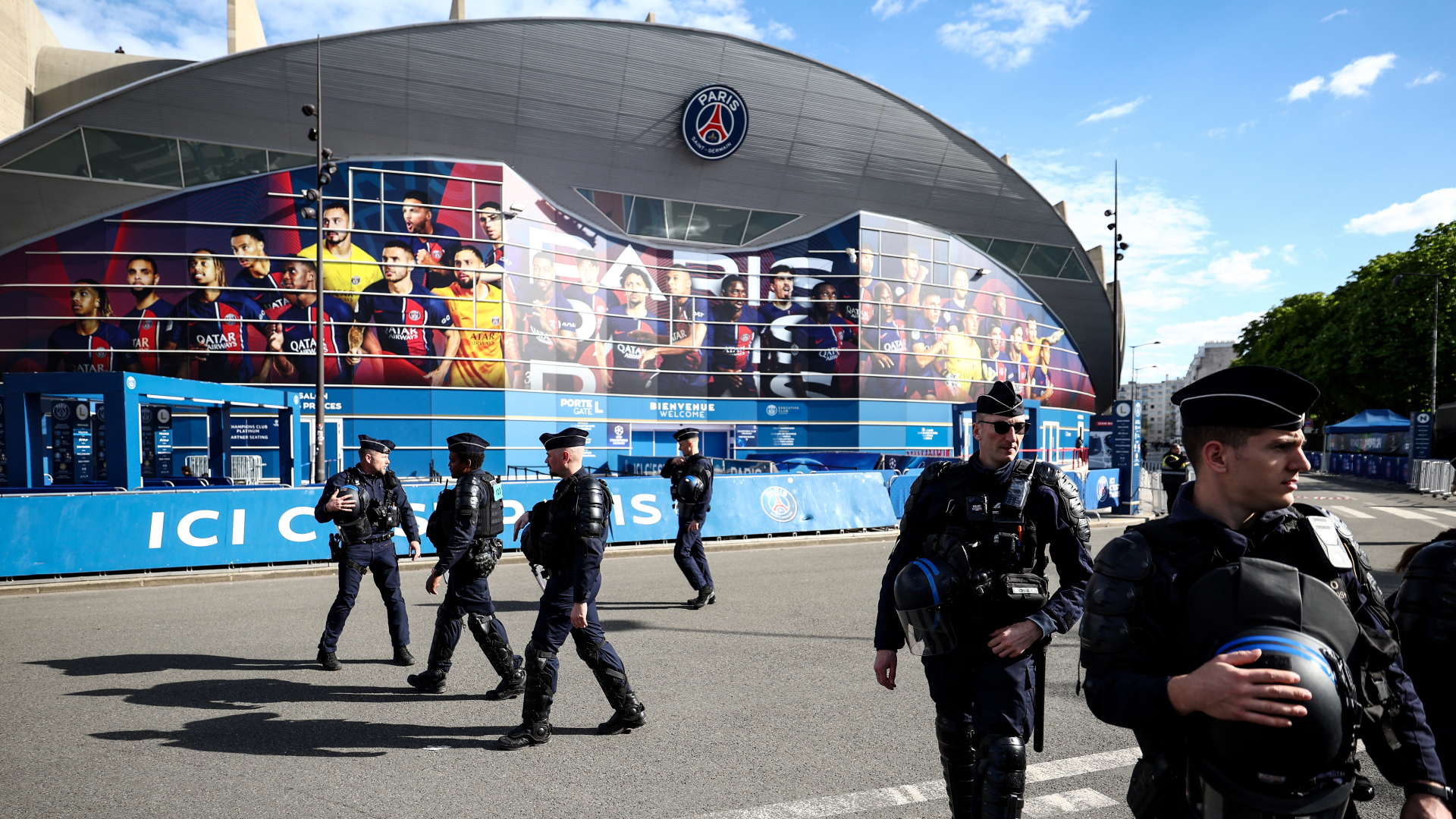Jihadists are particularly intent on mounting attacks against sporting events in Europe this year, in our assessment.
This assessment was issued to clients of Dragonfly’s Security Intelligence & Analysis Service (SIAS) on 09 April 2024.
- Pro-IS channels have in recent days put out online content inciting supporters to mount attacks at stadiums in Europe
- The authorities’ mitigation measures seem robust, any incident would probably involve a lone actor conducting a stabbing or shooting
Jihadists, especially followers of Islamic State (IS), appear to be particularly intent on mounting attacks in Europe at present. This is especially for high-profile sporting events, including the Champions League, Euros, and Olympics. IS channels have in recent days and weeks released online posters inciting attacks on sporting stadiums in Europe. Champions League matches are scheduled tonight, 9 April, in London and Madrid and tomorrow, 10 April, in Paris and Madrid (see here). The Euros are taking place from 14 June to 14 July throughout Germany, and the Olympics are taking place in France (mostly Paris) from 26 July until 8 September.
The threat jihadists pose in Europe seems highest in France and Germany. That is based on the content of the recent online posters but also our monitoring of jihadist activity in recent months. For the same reasons, the threat is also comparatively high in Belgium, Spain and the UK. Nevertheless, the capabilities of IS – including affiliates like IS-K and supporters of such groups – remain limited in Europe. The authorities have successfully foiled several plots in recent years. Any attack would probably involve a lone actor conducting a stabbing, shooting outside an arena.
Surge in online IS content in recent weeks
There has been a surge in online content from IS channels since late March. These have incited attacks in Europe but with a notable focus on sporting locations. The most recent of these emerged yesterday, 8 April, when small pro-IS channels released online posters depicting the Santiago Bernabeu (Madrid), Emirates (London), Metropolitano (Madrid), and Parc des Princes (Paris) stadiums. One such poster also urges attacks against Jews and Christians in Europe and the US. Similar channels last week put out online posters inciting attacks on stadiums in Europe, including the Allianz Arena (Munich).
The flurry of content is probably in response to the IS-claimed attack in Moscow last month. IS and pro-IS groups were particularly vocal online following that and seem to be trying to build on its perceived success. For example on 28 March, IS leadership released an audio message online marking ‘ten years of the caliphate’ and celebrating Moscow attack. In our analysis of the recent messaging, the recent focus on sporting events is at least in part simply because they are high profile this spring and summer in Europe. Reflecting that, the latest threats have also been widely covered in the international press.
It is highly doubtful that the recent posters and other material are evidence of an already-planned attack plot. This is based on our understanding of IS and other jihadist group’s plots and strategies. The national authorities in the countries depicted in the recent messages have not publicly warned of any specific threat intelligence or plots in recent days following the release of the online posters. In our view, though, the posters do reflect what appears to be a heightened hostility and energised following.
The respective national authorities seem well prepared to mitigate and foil any plots or attacks. In response to the recent online messages, they have reassured the public in recent days in France, Germany and Spain that counter-terrorism measures remain robust. The French and Spanish interior ministries cited ‘close monitoring’ of extremist groups, but also a heightened security presence. Such measures have successfully thwarted several plots in recent years, and led to a falling number of attacks in Europe.
Limited capabilities despite heightened intent
Our terrorism threat levels are currently high to severe across many countries in central, western, and northern Europe. We raised many of these in October shortly after the war between Israel and Hamas began; there were dozens of bomb threats, attacks, and hostile statements on IS and Al-Qaeda extremist platforms in the weeks since the start of the war on 7 October 2023.
The capabilities of jihadists, especially followers of IS, remain limited in Europe. IS seems to largely have to rely on inexperienced, less well-connected individuals to mount attacks in the region over the past few years. The lack of established networks in Europe seems to present IS with a challenge. For example, the German authorities arrested two IS-linked suspects who had planned a shooting near the Swedish parliament last year. The pair had failed to acquire guns in the first place. And yesterday, 8 April, the Italian police arrested an apparently active IS member at Fiumicino airport in Rome.
Any attack likely to be crude
We assess that any jihadist attack would very likely involve a lone actor conducting a stabbing or shooting outside a non-secured part of a public venue. The most likely location would be outside a busy stadium or place of worship, or by a busy shopping or tourist area in a major city. These attacks do not require much planning or coordination with others so are more difficult for the authorities to detect.
Jihadists are likely to struggle to mount high-casualty attacks in Europe this year. The authorities in most countries now carry out extensive security checks and secure open-air venues with large bollards and barricades to prevent people from driving vehicles into pedestrian areas. And while jihadists have on dozens of occasions tried to use explosives for attacks in Europe, the authorities have usually intercepted these; several of these involved police finding explosives – anywhere from bomb-making materials to viable devices – in the suspects’ possession.
Image: French Police officers wearing riot gears patrol outside the Parc des Princes stadium ahead of the UEFA Champions League, on 10 April 2024. Photo by Frankc Fife/AFP via Getty Images.




